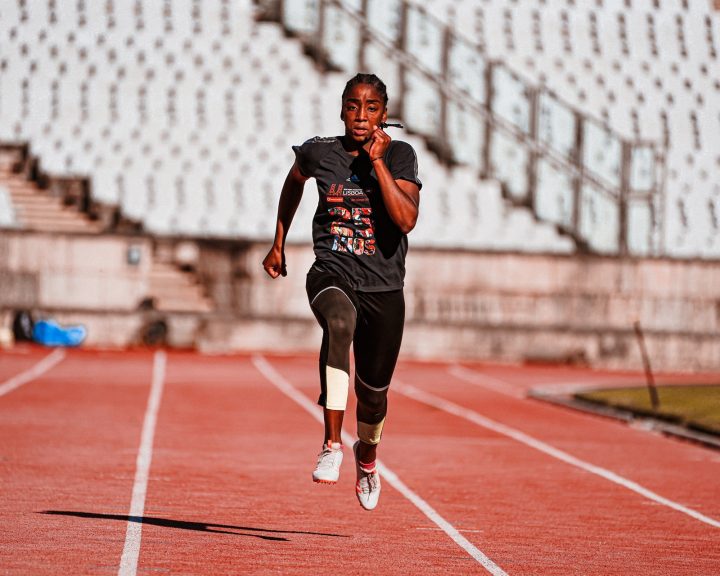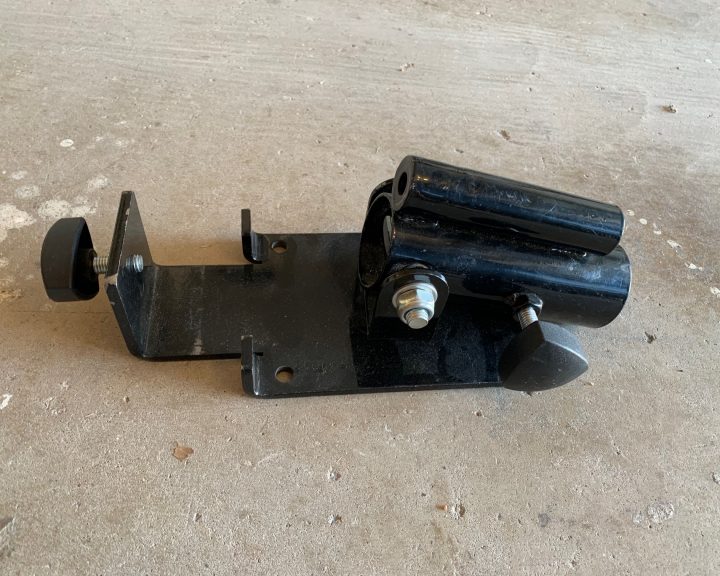In strength and conditioning, a complex is a combination of a slow, heavy strength exercise (like a squat) and a fast, explosive movement (like a vertical jump). In theory, the slow strength exercise cues the nervous system by maximally recruiting motor units and muscle fibers, then the fast, explosive movement takes advantage of that cuing. Sometimes this is referred to in the literature as potentiation, or post-activation potentiation (PAP). The idea being that this can eventually be carried over to the playing field to improve power and performance.
The research on PAP is mixed and seems to have a lot to do with the athlete’s status. Those athletes that are stronger, more advanced, seem to benefit more from PAP training. Those athletes that are less advanced or who don’t have a strength base don’t really seem to benefit from PAP.
Now, while not everyone may benefit from PAP, it does not seem like this kind of training has a negative impact on performance. In other words, it may not be the best tool for improving performance but it doesn’t hurt it either. This is an important point because complexes are a great tool for in-season training.
For athletes, the in-season involves competition, travel, a stepped-up practice schedule, and not as much time to train. This requires the strength and conditioning coach to creatively program in order to maintain strength and muscle mass, improve speed and power, while doing so with fewer training sessions per week and having less time per session to train. Complexes provide a great tool to accomplish many of these tasks. The heavy strength exercise helps to maintain strength and muscle mass, the explosive exercise helps to develop power.
With strength training and plyometrics, this is typically done with exercises that have similar movement patterns. For example:
Back Squats, 3×2-4×80-90% + Vertical Jumps, 3×5 (the athlete would perform a set of 2-4 back squats, rest, then perform 5 vertical jumps).
Bench Press, 3×2-4×80-90% + Lying Medicine Ball Chest Pass, 3×5
Bent-Over Rows, 3×2-4×80-90% + Medicine Ball Backward Toss, 3×5
This can also be done with different free weight exercise. For example:
Romanian deadlifts, 3×2-4×80-90% + Clean Pulls, 3×2-4
Snatch Grip Deadlifts, 3×2-4×80-90% + Snatch Pulls, 3×2-4
Front Squats, 3×2-4×80-90% + Power Clean, 3×2-4
When used in a workout, these should either make up the first exercise in the workout (workout A below) or they should make up the entire workout (workout B below).
Workout A:
Back Squats, 3×2-4×80-90% + Vertical Jumps, 3×5
Power Clean, hang, above the knee, 3×3-4×70%
Romanian Deadlifts, 3×8-12
Bench Press, 3×2-4×80-90%
Bent Over Rows, 3×2-4
Workout B:
Front Squats, 3×2-4×80-90% + Power Clean, 3×2-4
Romanian deadlifts, 3×2-4×80-90% + Clean Pulls, 3×2-4
Bench Press, 3×2-4×80-90% + Lying Medicine Ball Chest Pass, 3×5
Bent-Over Rows, 3×2-4×80-90% + Medicine Ball Backward Toss, 3×5
You can see that in both cases, every muscle in the body is worked. Strength/muscle mass is maintained and the athlete is able to work on their power production. Keep in mind that this type of training is extremely fatiguing. The athlete must get enough rest between the slow and fast exercises, enough rest between sets, and enough rest between workouts. In addition, quality technique must be emphasized and demanded otherwise these workouts will be ineffective and could injure the athlete. Finally, the explosive exercises must be performed explosively otherwise we teach the athlete to be slow, which is not our intent.


